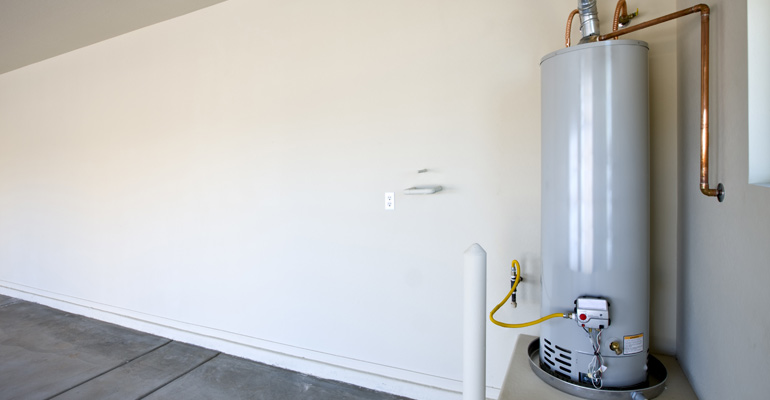5 Tips To Install Water Heaters In Mira Mesa

Installing a water heater may seem like a daunting task, but with the right knowledge and preparation, it can be a manageable DIY project. A properly installed water heater ensures a consistent supply of hot water, which is essential for daily activities like showering, washing dishes, and doing laundry. In this article, we will discuss five essential tips to help you install water heaters successfully.
-
Choose the Right Location
Selecting the right location for your water heater is crucial. It should be placed in an area that provides adequate ventilation and is easily accessible for maintenance. Most water heaters are installed in basements, garages, or utility closets. Ensure that the space is well-ventilated to prevent the accumulation of gas fumes or carbon monoxide.
Additionally, consider the proximity to the main water supply line and electrical or gas connections. The closer the water heater is to these sources, the more efficient the installation process will be.
-
Properly Size Your Water Heater
Selecting the correct size for your water heater is essential to meet your household’s hot water needs efficiently. To determine the appropriate size, consider the number of people in your household and their hot water usage patterns. The most common sizes for residential water heaters are 40 to 50 gallons.
If your household has a high demand for hot water due to large families or frequent simultaneous hot water usage, you may need a larger capacity water heater or even a tankless water heater, which heats water on demand.
-
Follow Manufacturer’s Instructions
Every water heater comes with an installation manual provided by the manufacturer. It is essential to read and follow these instructions carefully. The manual will provide step-by-step guidance on how to install the water heater correctly, including safety precautions.
Ensure that you have all the necessary tools and materials required for the installation, such as pipe wrenches, pipe tape, and the appropriate fittings. Neglecting to follow the manufacturer’s instructions can lead to improper installation and potential safety hazards.
-
Install a Pressure Relief Valve
A pressure relief valve is a critical safety component of a water heater. It helps prevent the tank from building up excessive pressure, which could lead to catastrophic failure. When installing the relief valve, ensure it is correctly sized and has a discharge pipe that directs hot water away from the unit and safely outside the building.
Regularly test the pressure relief valve to ensure it functions correctly. This can be done by lifting the lever gently to release a small amount of water. If the valve does not open or leaks continuously, it should be replaced immediately.
-
Consider Professional Installation
While DIY installation can be a cost-effective option, it may not be suitable for everyone. If you are uncomfortable with plumbing or electrical work, or if your local building codes require professional installation, it’s wise to hire a licensed plumber or electrician to install your water heater. Professional installation ensures that the job is done safely and up to code.
FAQs
Can I Install A Gas Water Heater On My Own?
Gas water heaters require a gas line connection, which can be dangerous if not done correctly. It’s highly recommended to hire a professional plumber or technician to install a gas water heater to ensure safety and compliance with local codes.
How Long Does It Take To Install A Water Heater?
The installation time varies depending on factors such as the type of water heater, the complexity of the installation, and the skill level of the installer. On average, a straightforward installation may take a few hours, while a more complex one could take several hours to a day.
Are Tankless Water Heaters Harder To Install Than Traditional Tank-Style Heaters?
Tankless water heaters can be more complex to install due to their electrical or gas requirements and the need for specific venting systems. It’s generally recommended to hire a professional for tankless water heater installations, although experienced DIYers can also tackle the job with careful planning and research.
Installing a water heater can be a manageable DIY project if you follow the right steps and take safety precautions seriously. Choose the right location, size your water heater correctly, and always follow the manufacturer’s instructions. If you are unsure about any aspect of the installation, it’s best to seek professional help to ensure a safe and efficient hot water supply for your household.
Conclusion
Contact us today at (858) 567-0544, and Courtesy Plumbing will get you!


Leave a Reply
You must be logged in to post a comment.